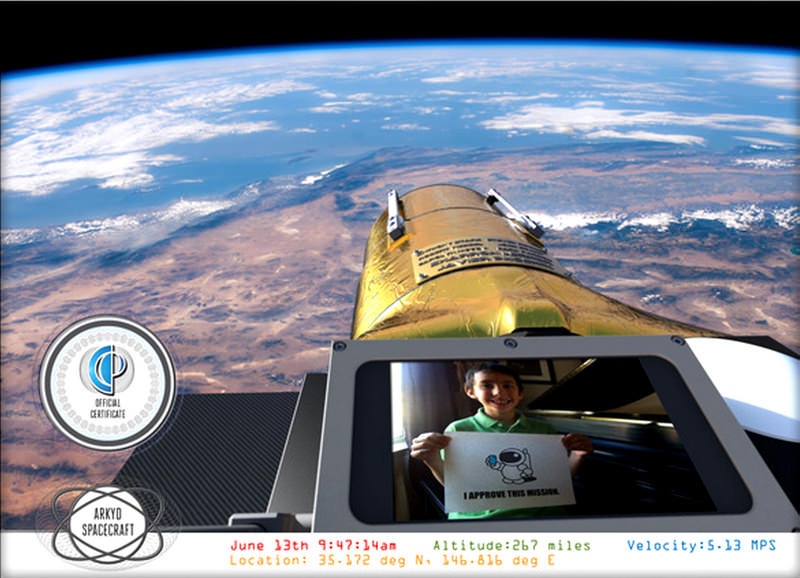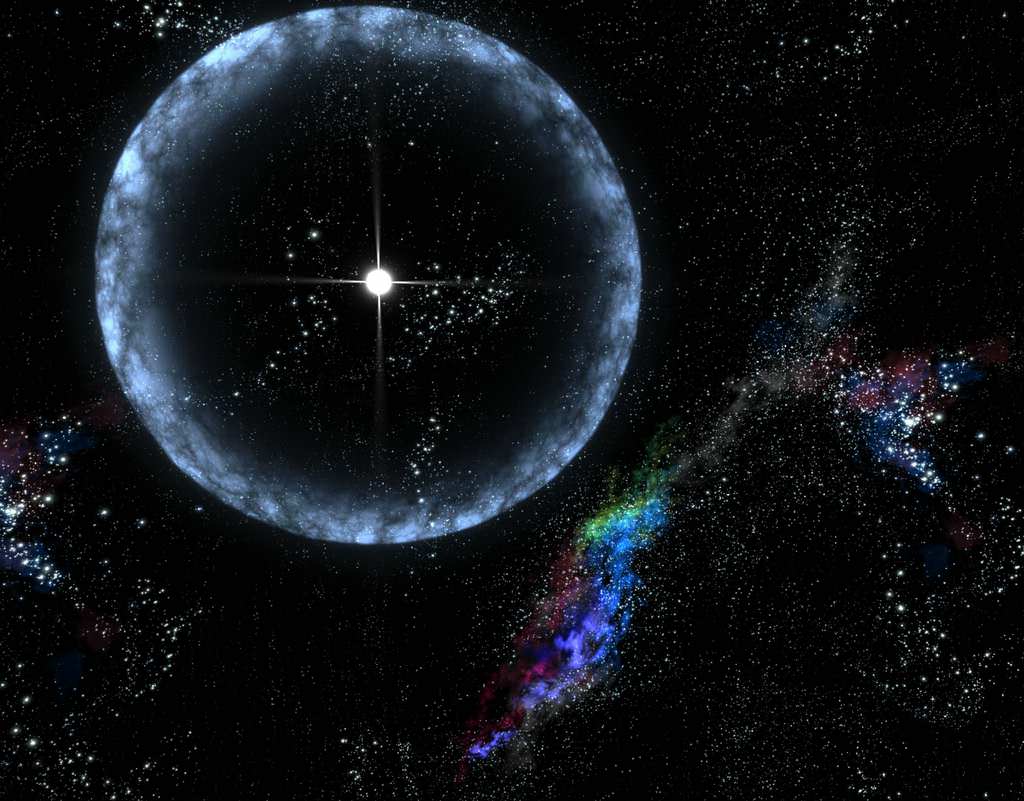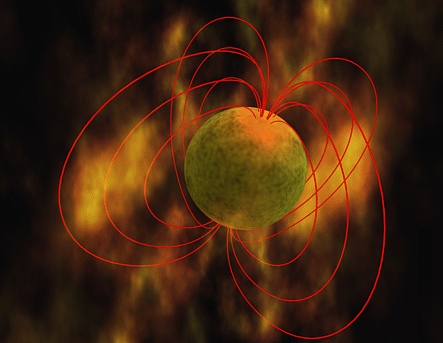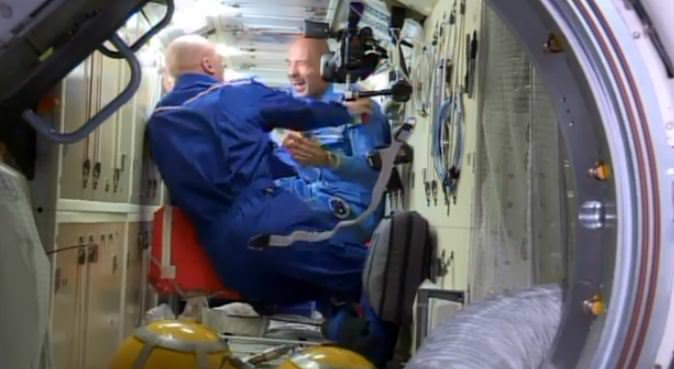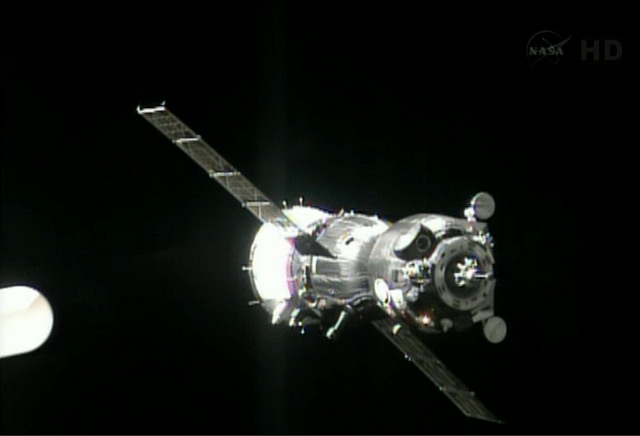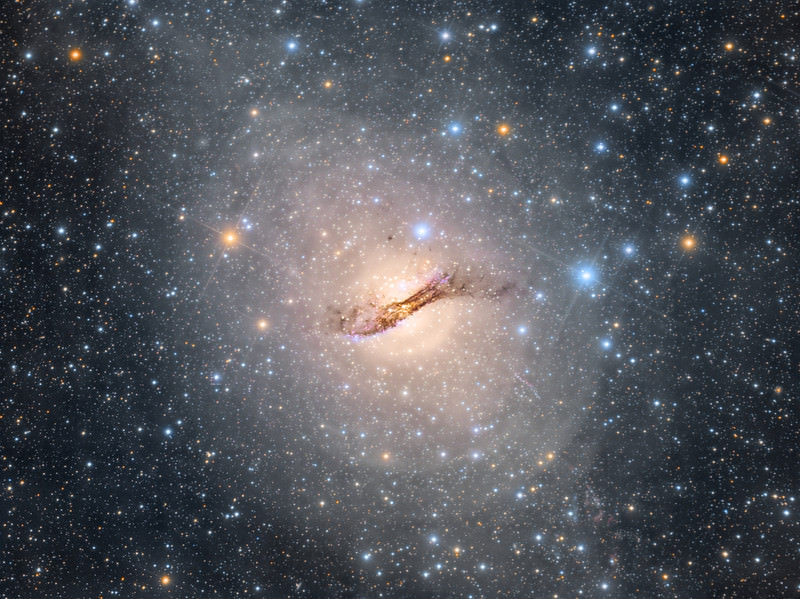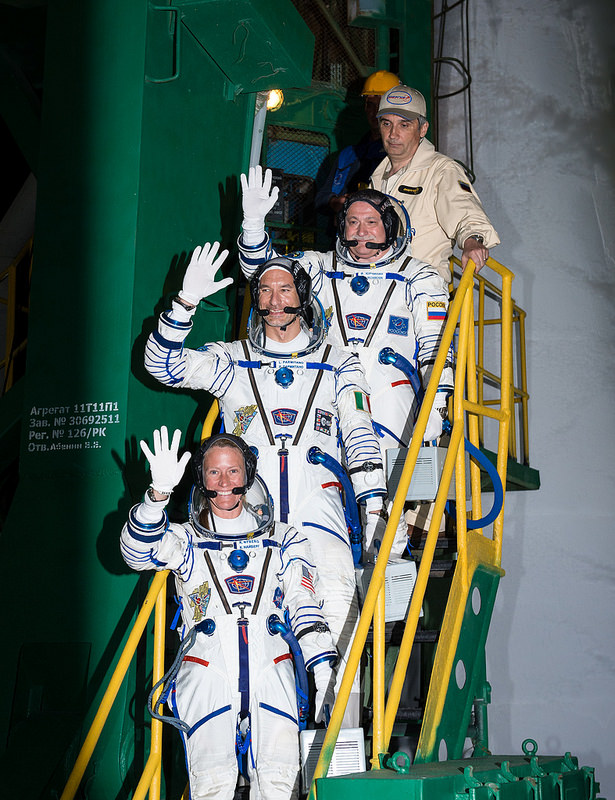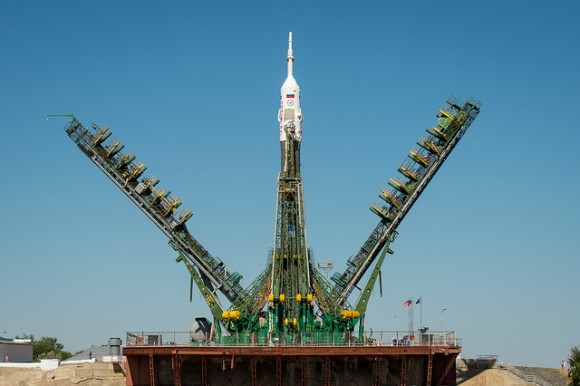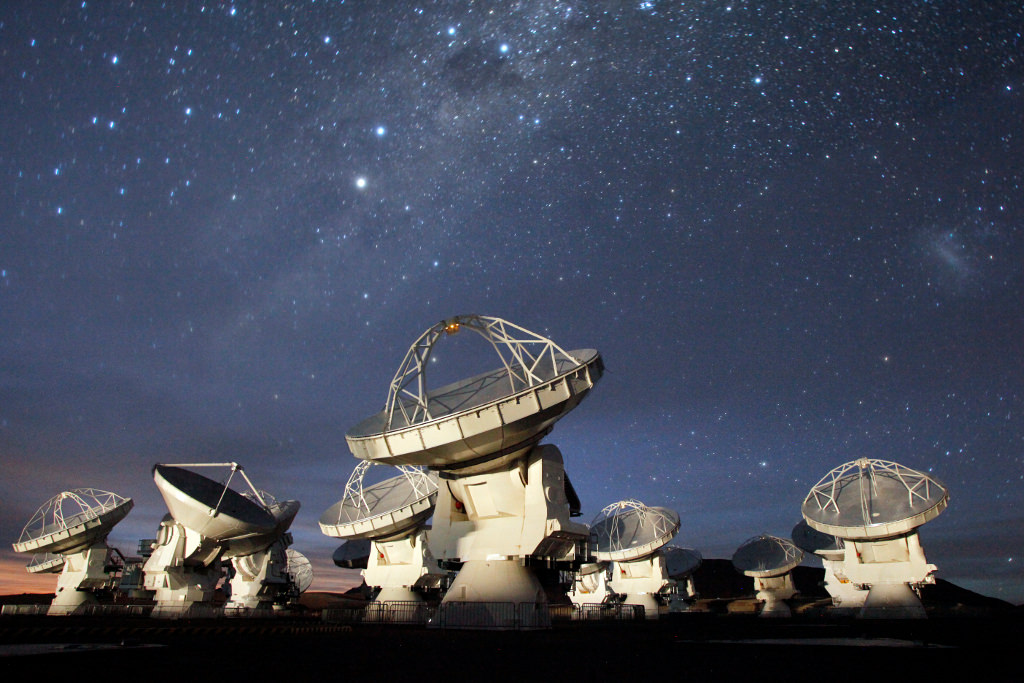How much would you donate to have access to a space telescope … or just to have an orbital “selfie”? Planetary Resources, Inc., the company that wants to mine asteroids, has launched a Kickstarter campaign for the world’s first crowdfunded space telescope. They say their Arkyd-100 telescope will provide unprecedented public access to space and place the most advanced exploration technology into the hands of students, scientists and a new generation of citizen explorers.
To make their campaign successful, they need to raise $1 million in Kickstarter pledges by the end of June 2013. Less than 2 hours into their campaign, they have raised over $100,000.
Last year, Planetary Resources revealed their plans to develop a series of small spacecraft to do a little ‘space prospecting’ which would eventually allow them to mine near Earth asteroids, extracting valuable resources.
Their announcement today of the crowdfunded Arkyd-100 space telescope will allow them to begin the search for asteroid they could mine, while involving the public and providing access to to the space telescope “for inspiration, exploration and research” or have a commemorative photo of those who donate displayed above the Earth, such as the image above.
During a webcast today to announce the Kickstarter campaign, Chris Lewicki, President and Chief Engineer for Planetary Resources said the telescope would have 1 arcsecond resolution, with the benefit of being above atmosphere.
A wide array of scientists, space enthusiasts and even Bill Nye the Science Guy have voiced their support for Planetary Resources’ new public space telescope.
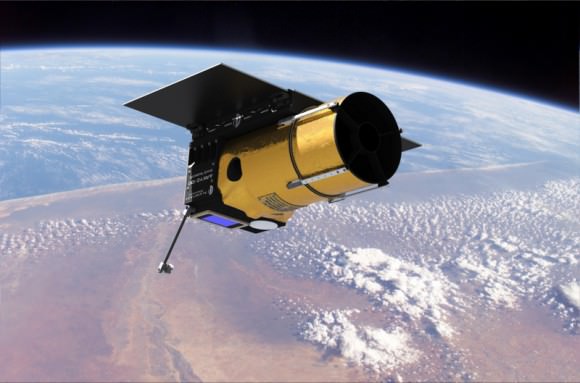
“The ARKYD crowdfunding campaign is extraordinary,” said Sara Seager, Ph.D., Professor of Physics and Planetary Science at the Massachusetts Institute of Technology. “Not only does the telescope have the technical capability to increase our understanding of space, but it can be placed in orbit for an incredibly low cost. That is an economic breakthrough that will accelerate space-based research now and in the future.”
The space telescope is being built by Planetary Resources’ technical team, who worked on every recent U.S. Mars lander and rover.
“I’ve operated rovers and landers on Mars, and now I can share that incredible experience with everyone,” said Lewicki. “People of any age and background will be able to point the telescope outward to investigate our Solar System, deep space, or join us in our study of near-Earth asteroids.”
Planetary Resources will use the proceeds from the Kickstarter campaign to launch the telescope, fund the creation of the public interface, cover the fulfillment costs for all of the products and services listed in the pledge levels, and fund the immersive educational curriculum for students everywhere. Any proceeds raised beyond the goal will allow for more access to classrooms, museums and science centers, and additional use by individual Kickstarter backers.
However, if they fail to reach the $1 million goal, they receive none of the money. According to Jeff Foust at the NewSpace Journal quoted Lewicki as saying, if that happens, they’ll proceed with their current plans, including development of a small prototype satellite, called Arkyd 3, that is planned for launch next year.
Here are a few of the donation levels:
• Your Face in Space – the #SpaceSelfie: For US$25, the team will upload an image of the campaign backer’s choice to display on the ARKYD, snap a photo of it with the Earth in the background, and transmit it to the backer. This space ‘photo booth’ allows anyone to take (or gift) a unique Space Selfie image that connects a personal moment with the cosmos in an unprecedented, yet tangible way.
• Explore the Cosmos: Higher pledge levels provide students, astronomers and researchers with access to the ARKYD main optic for detailed observations of the cosmos, galaxies, asteroids and our Solar System.
• Support Education Worldwide: At the highest levels, pledgers can offer the K-12 school, science center, university, or any interested group of their choice access to the ARKYD for use in interactive educational programming to strengthen STEM education worldwide. The full pledge list and ARKYD technical specifications can be found here.
See all the levels at Planetary Resources’ Kickstarter Page.
“When we launched Planetary Resources last year, we had an extraordinary response from the general public,” said Peter Diamandis, Co-Founder and Co-Chairman of Planetary Resources, Inc.. “Tens of thousands of people contacted us and wanted to be involved. We are using this Kickstarter campaign as a mechanism to engage the community in a productive way.”
During a webcast today to make their Kickstarter announcement Diamandis said, “In the last 50 years, space exploration has been led by national governmental agencies with their own set of priorities. Imagine not having to wait for Congress to decide what missions will fly!”

